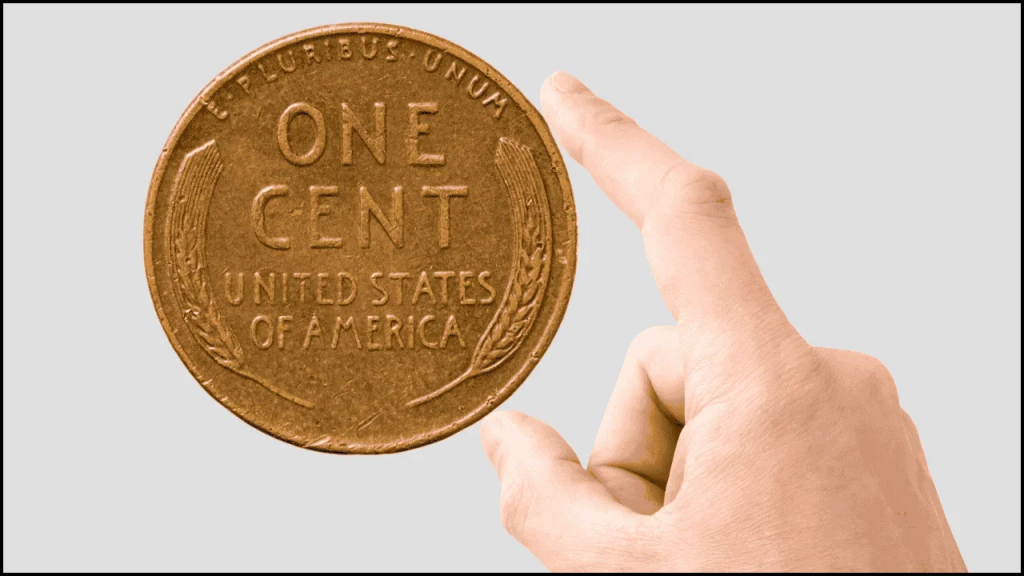
The story of the Lincoln Wheat Penny valued at $80 million has captivated numismatists, casual collectors, and the general public alike. Once a ubiquitous part of everyday currency, this penny now represents one of the most sought-after collectibles in rare coins. Let’s explore this fascinating topic, analyzing its history, the factors that contribute to its value, and the broader implications of such an astonishing appraisal.
A Brief History of the Lincoln Wheat Penny
The Lincoln Wheat Penny was introduced in 1909 by the U.S. Mint to commemorate the 100th anniversary of President Abraham Lincoln’s birth. Designed by Victor David Brenner, the coin features Lincoln’s portrait on the obverse side and two wheat stalks on the reverse side, symbolizing prosperity. This design replaced the Indian Head cent, and the coin’s copper composition—95% copper and 5% tin and zinc—contributed to its distinct appearance.
The coin remained in production until 1958, when it was succeeded by the Lincoln Memorial Cent. Over nearly five decades, the Wheat Penny became not only an essential currency but also a piece of American history. Today, it holds sentimental value for many collectors due to its iconic design and historical significance.
Why Are Some Lincoln Wheat Pennies So Valuable?
While most Lincoln Wheat Pennies are worth little more than their face value, certain rarities fetch astronomic prices. One such example is the 1943 copper Wheat Penny, which stands out due to its unique backstory. Here are the key factors behind its valuation:
Lincoln Wheat Penny Said to Be Worth $25 Billion, Still in Circulation?
The Lincoln Wheat Penny Valued at $170 Million, Still in Circulation
The Lincoln Wheat Penny Valued at $20 Million, Still in Circulation
The Lincoln Wheat Penny Valued at $130 Million, Still in Circulation
The Lincoln Wheat Penny Valued at $110 Million, Still in Circulation
The Wartime Composition Change
In 1943, during World War II, the U.S. government conserved copper for military use, leading the Mint to produce pennies from steel coated with zinc. However, a small number of copper planchets were inadvertently left in the minting presses, resulting in the accidental production of copper pennies.
Extraordinary Rarity
It is estimated that only 10 to 15 authentic 1943 copper Wheat Pennies exist today. This extreme scarcity drives the value to astronomical levels, making these pennies among the most desirable items for coin collectors.
Authentication and Provenance
The $80 million 1943 copper penny’s value was solidified through professional authentication and a prestigious auction. Verified by experts and backed by a documented history, the coin represents a benchmark in the world of rare numismatics.
The Journey to an $80 Million Valuation
The specific 1943 copper penny that reached the $80 million mark has an extraordinary story. Initially sold for $1.7 million in 2019, it was later purchased in 2021 for $80 million. This unprecedented sale not only set a record for a single penny but also underscored the intense demand for rare error coins. Factors such as its impeccable preservation and unparalleled rarity contributed to its remarkable price.
How Are Rare Coins Valued?
The value of rare coins like the 1943 copper Wheat Penny depends on several critical factors:
| Factor | Explanation |
|---|---|
| Rarity | Limited quantities significantly increase value. |
| Condition | Coins in pristine or “mint state” condition fetch higher prices. |
| Historical Significance | Coins tied to notable events or errors hold enhanced appeal. |
| Demand | Collector interest and competitive bidding drive up prices. |
| Provenance | Coins with documented, prestigious ownership histories command premiums. |
Why Error Coins Are So Coveted?
Error coins, such as the 1943 copper Wheat Penny, are mistakes that escaped quality control during minting. These errors often result in highly unique coins, making them irresistible to collectors. In addition to the 1943 copper penny, other famous errors include the 1955 doubled-die cent and the 1937 D three-legged buffalo nickel. Such coins not only offer monetary value but also provide glimpses into the historical processes of minting.
Broader Implications: Lessons from the $80 Million Penny
The astronomical value of this penny reflects more than just collector enthusiasm—it speaks to the human fascination with rarity and history. The high-profile sale of such coins attracts new collectors, increases public interest in numismatics, and elevates the profile of this specialized field. Additionally, it highlights the importance of meticulous preservation and expert verification in achieving top market value for collectibles.
Common Misconceptions About Rare Coins
All Old Coins Are Valuable
Not all old coins are rare or valuable. The Lincoln Wheat Penny is an example of a coin that, while widely circulated, only achieves high value under specific conditions, such as rarity and error production.
Every Error Coin Commands Millions
While error coins are highly sought after, not all of them are worth millions. Factors like the type of error, the coin’s condition, and market demand play crucial roles in determining their worth.
You Can Easily Find a Fortune in Change
Though stories of rare coins being discovered in circulation exist, such occurrences are exceedingly rare. Most valuable coins are found through deliberate searches, auctions, or by purchasing collections.
FAQs
1. How can I tell if I have a rare Lincoln Wheat Penny?
Ans: Look for unusual characteristics such as errors (e.g., double-die strikes), rare years like the 1943 copper penny, and coins in exceptional condition. Professional grading services can confirm authenticity and condition.
2. Why are 1943 steel pennies not as valuable as 1943 copper pennies?
Ans: The 1943 steel pennies were produced in large quantities and are relatively common. In contrast, the 1943 copper pennies are error coins with very limited production, making them extremely rare and valuable.
3. How should rare coins be preserved?
Ans: To preserve rare coins, avoid handling them with bare hands. Store them in protective holders in a cool, dry environment. For valuable coins, consider professional grading and encapsulation.
Conclusion
The story of the $80 million Lincoln Wheat Penny exemplifies the intersection of history, rarity, and value. While the every day Lincoln Wheat Penny may be a relic of the past, it still circulates as a beloved piece of Americana. However, rare examples, such as the 1943 copper penny, show us that even the humblest coin can achieve extraordinary status when marked by a unique story. For collectors and enthusiasts alike, the Lincoln Wheat Penny continues to inspire a passion for numismatics, reminding us that value often lies in the rarity and richness of history.


